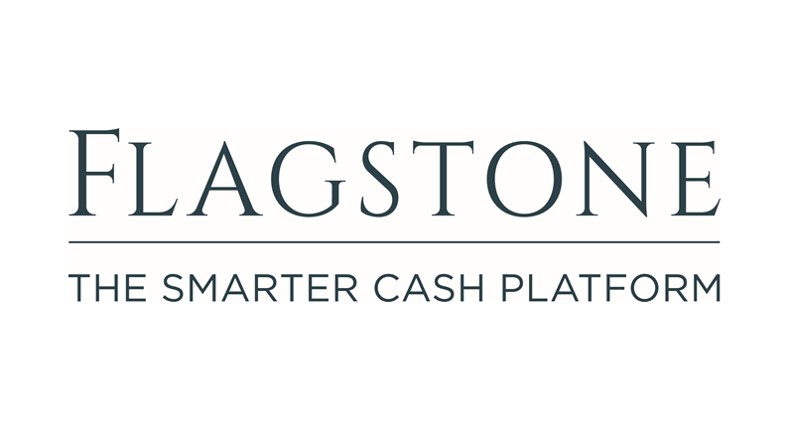The end of the tax year can be a busy time for financial advisers. But in the middle of all the scramble of paperwork and client requests for help, it also provides a golden opportunity to talk about maximising their cash potential.
Even with the rise in interest rates, the potential to use cash savings as a way to boost interest income still really isn’t on several clients’ – and some advisers’ – radar. The high street big names have also been noticeably slow to mirror this heady ascent in their own products. Coupled with savers’ inertia when it comes to shopping around for a better deal, it means that many people are missing out on the chance to increase their savings’ earning power.
But it’s also left the way wide open for other financials to pick the pockets of the big banks and enable savers to pull in interest income that can be around 3x higher than the high street for instant access accounts alone.
With the end of the tax year in sight, many people will have completed their ISA and pension contributions, giving them a clearer picture of their remaining cash flow. Now’s the ideal time to start talking not just about “making tax less taxing,” but making their cash work so much harder.
Here are some key things to think about.
Encourage annual tax reviews
Encouraging a culture of annual tax reviews with your clients can be invaluable. As well as giving them peace of mind that everything’s in order, it can potentially save them cash that could be better invested elsewhere.
At a time when most of us are tightening our belts to combat the high cost of living, it also doesn’t hurt to remind your clients why having a good financial adviser is good value for money.
An annual review gives you complete visibility of their wealth, enabling you to provide a comprehensive assessment of their income and investments. You can also check that they’re on target or matched to your clients’ current financial goals.
And, of course, it lets you identify all potential tax optimisation opportunities and make sure they’re maximising their available tax allowances, reliefs, and exemptions to release extra cash.
Tailored strategies for self-employed people
At the end of 2023, there were over 4 million self-employed people in the UK. For many, cash flow can be erratic, meaning they’re often hit harder by unexpected bills and the impact of taking time off work if they’re ill.
Self-employed people also face unique tax considerations, including the need to complete self-assessment. This can add another layer of stress for people who may already be time-poor, with the double-whammy of completing complicated forms and financial penalties for late returns.
In addition to helping them through the self-assessment maze, guiding them on maximising their allowable expenses, such as office costs, travel, marketing, training, and professional fees, etc. can significantly reduce their taxable income.
With the government also cutting the main rate of Class 4 National Insurance Contributions from 06 April 2024, combined with the abolition of Class 2 announced in autumn 2023, it’s estimated self-employed people earning £28,000 will save £650 a year.
Together, it means your self-employed people are likely to have more cash in their pocket. Suggesting ways they can invest their money to grow their interest income can improve cash flow and give them a handy pot to dip into to protect them against cash shocks.
We also understand the importance of having a good pension pot to fund our retirement. However, when self-employed people are more concerned about keeping the lights on, paying into a pension can fall by the wayside. With more cash available, it could be worth a quick, encouraging chat to remind them that making pension contributions allows them to benefit from tax relief (up to a certain limit) and build a secure retirement nest egg.
Pension Lifetime Allowance
If you have clients who are approaching or have exceeded the pension Lifetime Allowance (LTA) of £1,073,100, they could face a significant tax bill when they want to draw their pension. So proactive planning is crucial.
Think about discussing alternative retirement savings options like ISAs and taxable investments.
You can also explore ways to reduce potential LTA charges by:
- using drawdown flexibly to spread withdrawals over time
- withdrawing a tax-free lump sum (though there may be other potential tax implications like inheritance tax)
- helping them plan for phased retirement by using their pension fund to strategically manage income levels
Having proactive conversations around tax planning isn’t just about minimising your clients’ tax liability. It’s about helping them invest cash to protect against unexpected events, improve cash flow, grow their interest income, and achieve their financial goals.
By starting conversations, conducting annual reviews, and providing tailored guidance, you can equip your clients with the knowledge and strategies they need to navigate the complexities of the tax system, and make informed financial decisions that maximise their financial potential.
This article is not tax advice. If you would like to receive advice on your taxes, consider speaking to a Financial Adviser.



